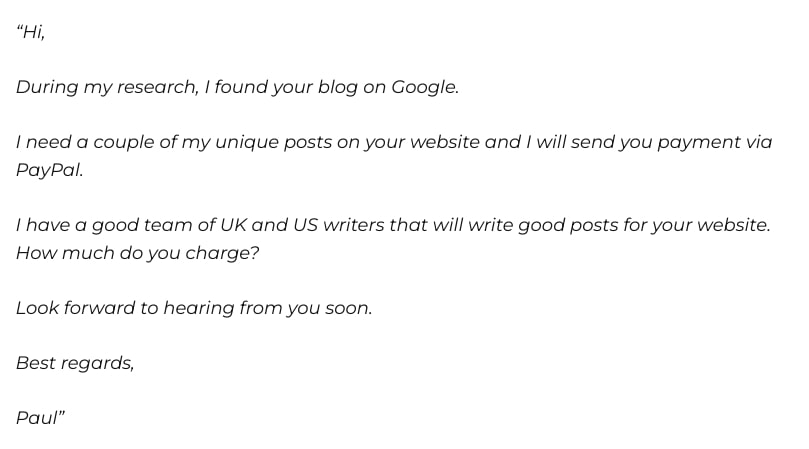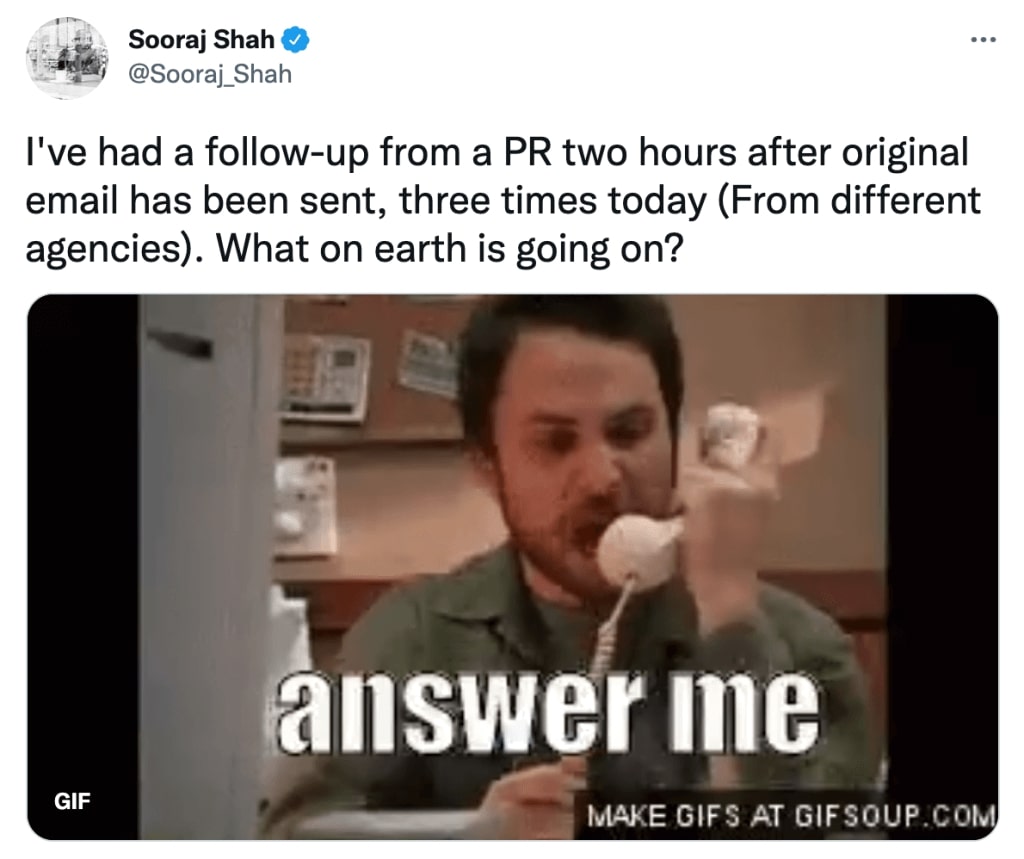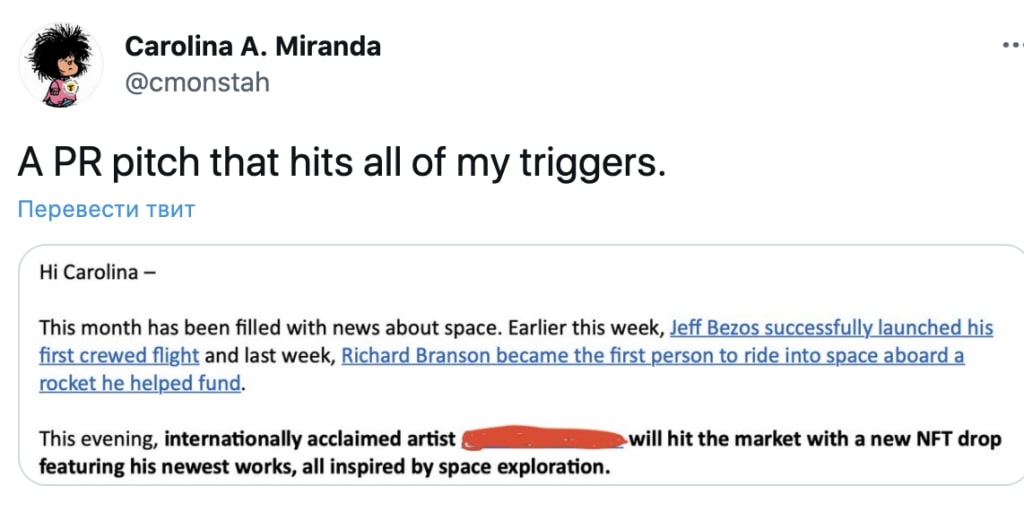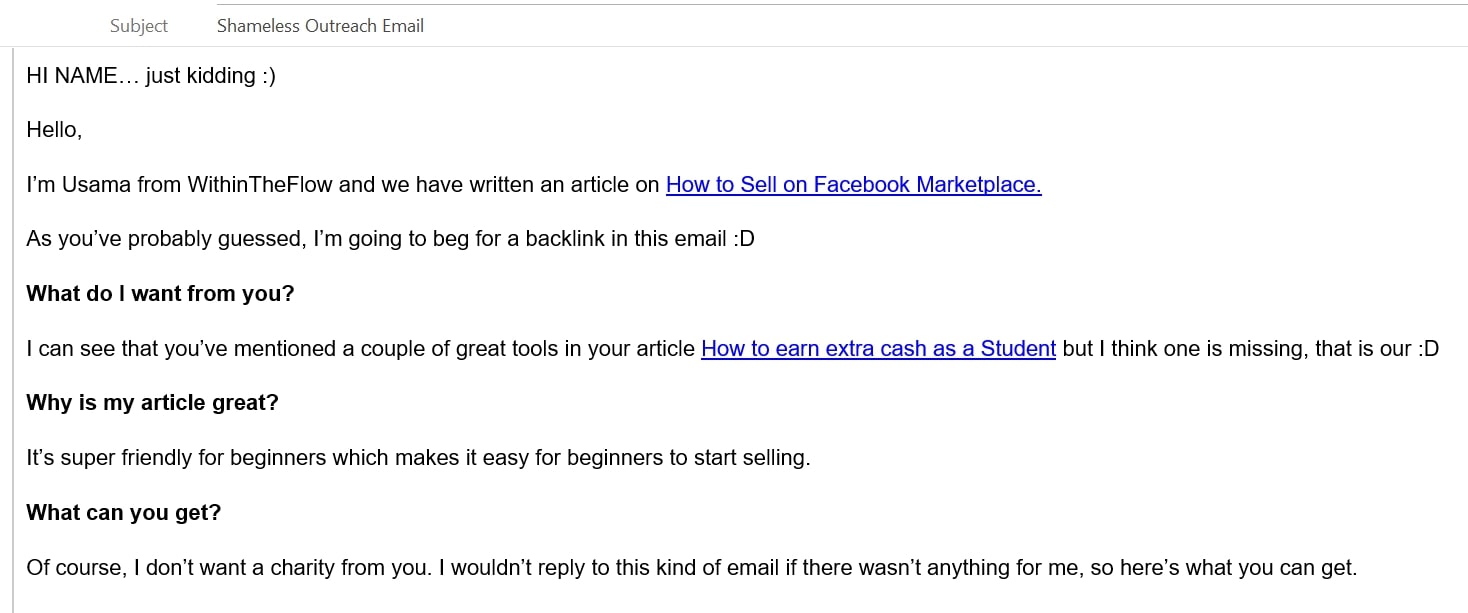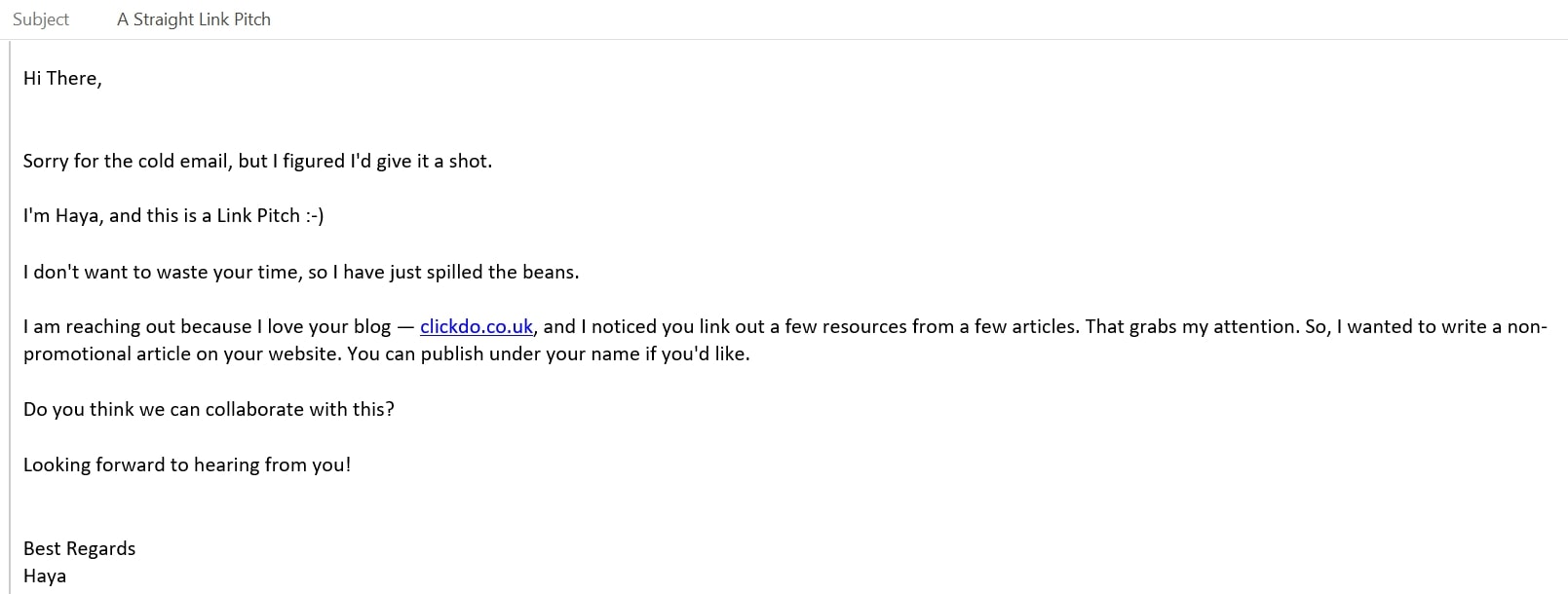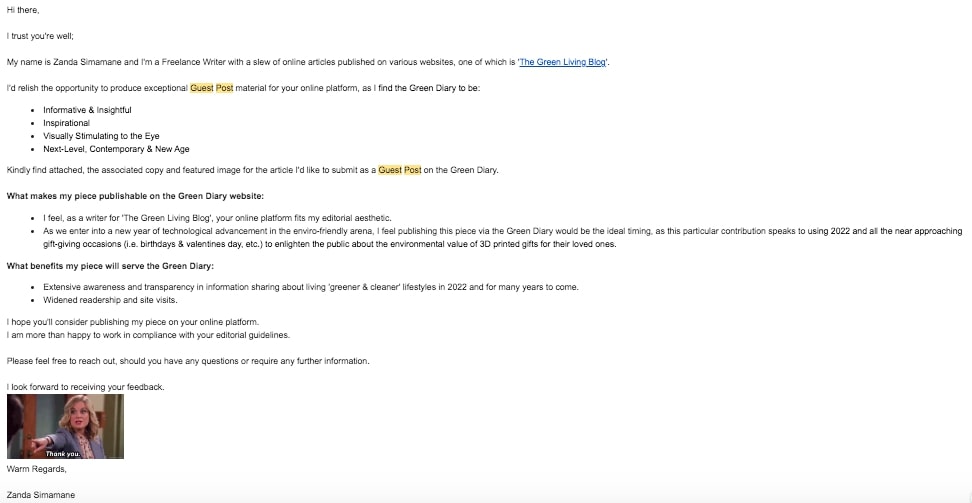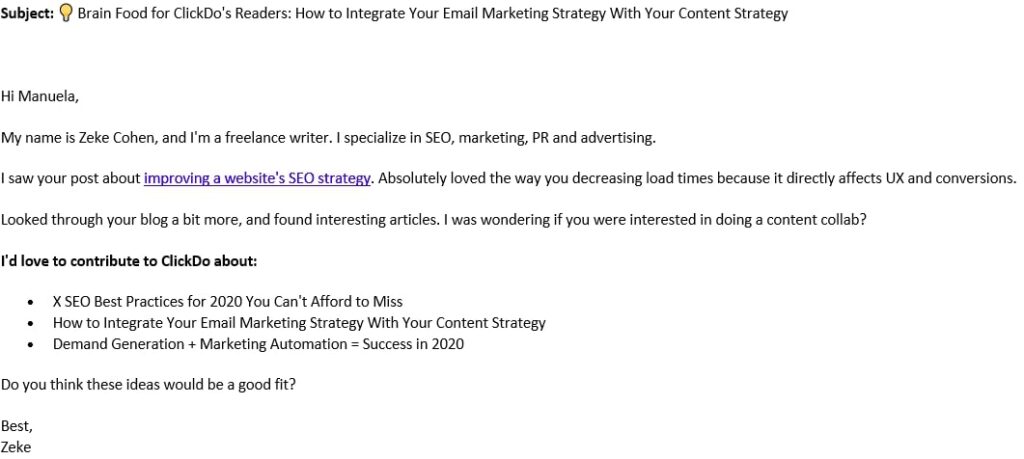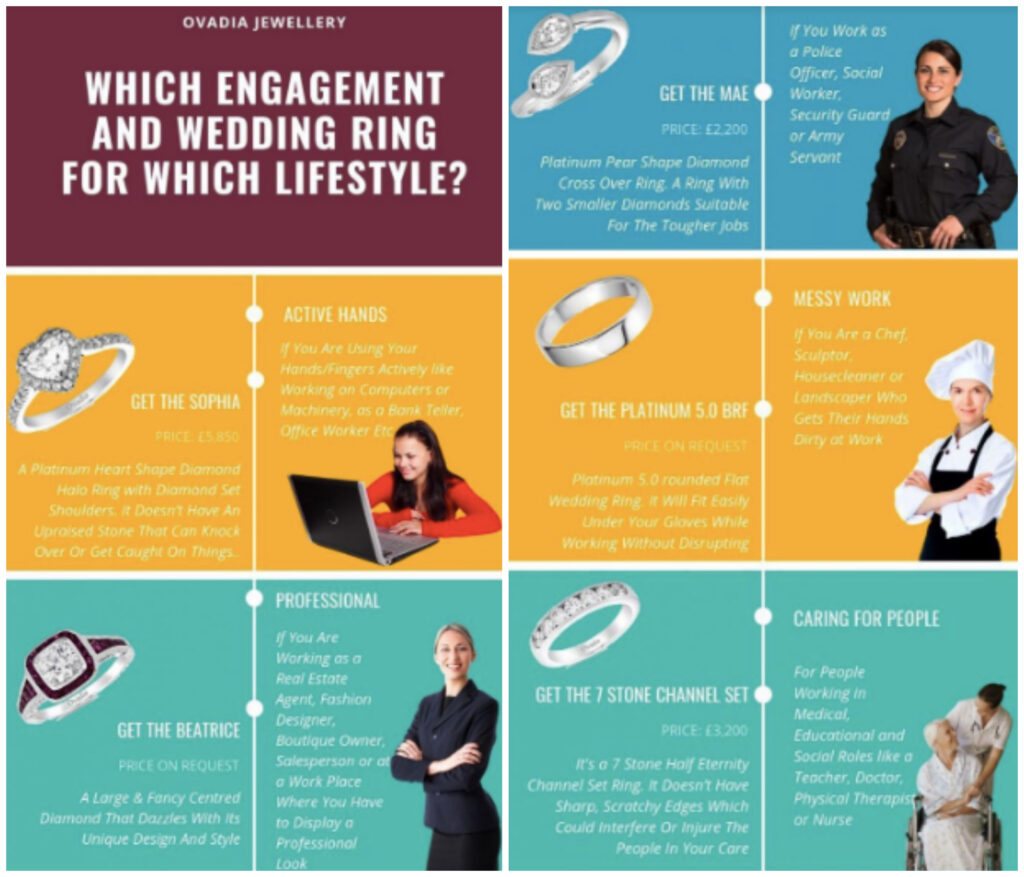How to Create A Perfect Pitch & Test Your Guest Post or Press Release Outreach Campaigns?
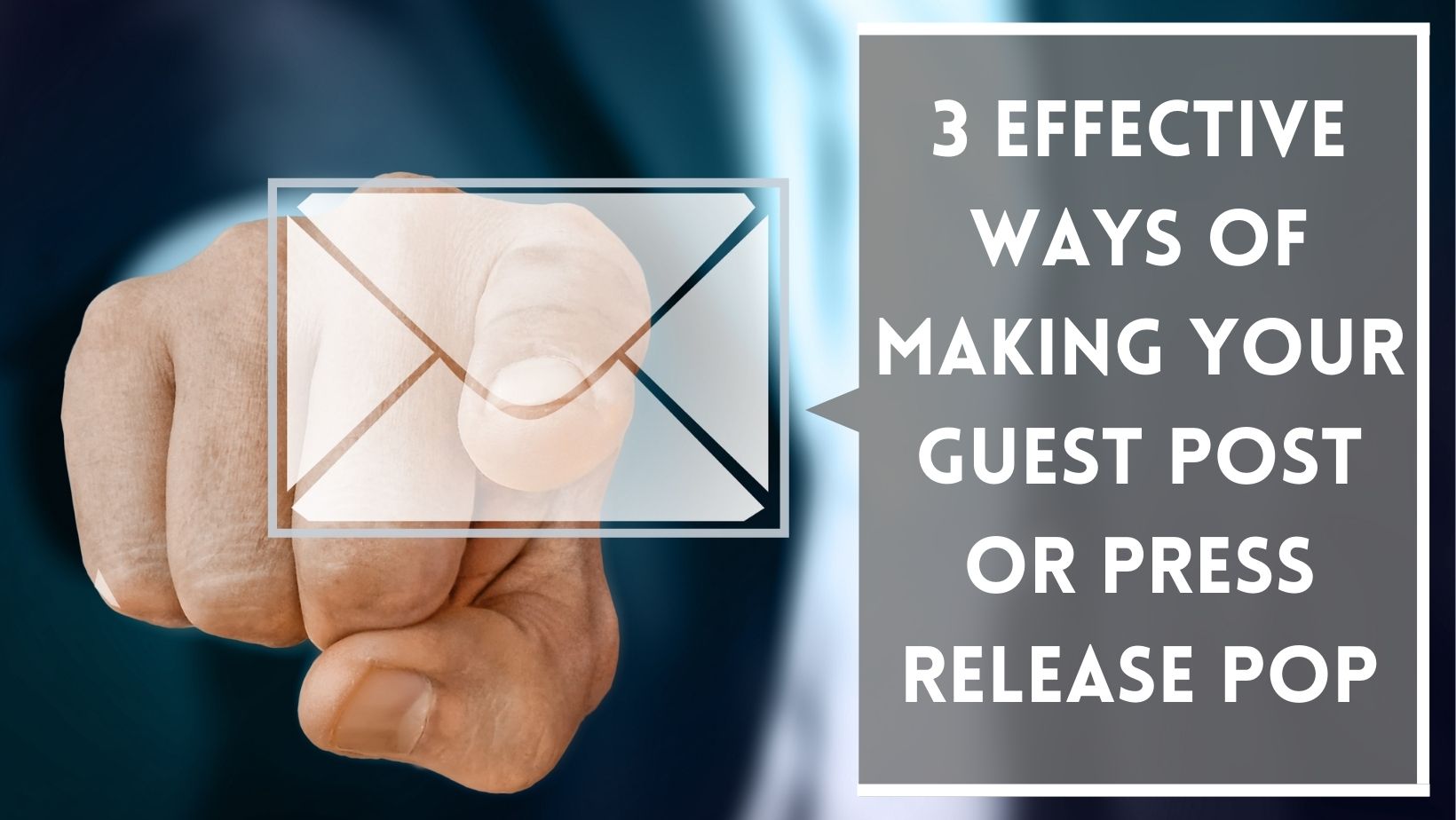
For most copywriters and bloggers, PR practitioners, small businesses, and large corporations, it’s pertinent that the pillars of the content shared on their platforms are grounded firmly on a foundation of online notoriety.
In achieving this, two effective information outreach tactics, namely Guest Posting/Blogging and Press Releases, are often used by authors to build their brand, harness exposure, and boost their page views.
Given the influx of proposals editors receive daily, authors stay on their A-game by manifesting magnetic pitches that stand out from the crowd. With a perfect pitch, you too can lure the attention of editors to stay glued to your email.
It’s All in Your Perfect Pitch
When alerting media outlets of the newsworthy content you have to offer, whether a collaborative piece, news about a product launch, announcement, or near-approaching event, it’s crucial to compose an equally engaging pitch, outlining a clear and concise framework for the content you’re presenting.
According to Muck Rack’s 2021 State of Journalism survey, 61% of journalists either strongly agree or agree with the statement:
“The way most companies share information with the media is outdated.”
This finding alludes to an increasing motivation by authors to explore more authentic, non-generic, creative ways to pique editors’ interests and meet their desires to publish content motivated by an original perfectly structured, and naturally engaging pitch.
With this ultramodern shift in information sharing illuminated by the composition of the perfect pitch, distinguishing between pitches for guest posts and press releases is vital for authors looking for successful outcomes.
Guest Post Pitches vs. Press Release Pitches
As an author, any oversights in clearly distinguishing between the two outreach methods when deciding which one is most appropriate for your story or announcement can make a huge difference in whether your content generates interest or gets sent straight to ‘trash’.
Disassociating Differences Between Guest Post and Press Release Pitches
- Press release pitches communicate what has or is soon to happen, while pitches for guest posts explain why a story angle or event is newsworthy and deserving of coverage.
- Most press release pitches are sent with a note of ‘Immediate Release’, shortening publishing to fit within a general 48-72 hour timeframe in contrast to guest post pitches, which often offer looser flexible publishing parameters.
- Information pitched to editors for guest posts is more strategically interwoven with a wealth of knowledge and understanding from the author about the media outlet they’re reaching out to, followed by expressed compliance with its editorial guidelines. Furthermore, unlike pitches for press releases, a guest post pitch isn’t self-promotional or tailored solely to cater to the promotional interests of the author.
- More often than not, websites charge a fee to feature your guest post on their platform, and the terms and conditions surrounding this fee vary per site. In contrast to the press release pitching process, guest post authors must anticipate putting their money where their mouth is and prepare to negotiate &/or agree to a cost for having their work published on the site.
Pivotal Pitching No-No’s
Once you’ve made an informed decision on the most suitable information outreach tactic for your agenda, whichever route you take, here’s what NOT to do before sealing your unfortunate fate by hitting that ‘send’ button too hastily.
DON’T: Lead With Costs
Although money talks and speaks volumes, remember that ‘quality trumps currency’ for most editors:
Image Credit: Jeff Bullas
When composing your guest post pitch, instead of immediately offering payment to the targeted website, remember the principles of proper email etiquette by subtly placing more value on your credibility and the quality of your content. Money matters will eventually be explored if a publication is interested.
DON’T: Pester Editors for Publishing
Before carrying out any press release follow-ups, remember to be sensible about when you can expect a reply before bombarding editors with emails and calls referencing your pitch:
Image Credit: Prowly
No formula exists to measure how long you should wait before following up with an editor. Employing some logic in your correspondence efforts is more accepted by editors who want to know you fully respect their time.
DON’T: Be Rude
It’s not worth the risk!
Acknowledging that your guest post pitch is often just another wave of the daily flood of emailed pitches received by editors, be sure to draw their attention through expressions of sincerity and genuine fondness for the publication.
As a guest post pitcher, your influential appeal and reputation as a credible source are always on the line. Don’t foil your chances of potentially publicizing your impactful stories by adopting a distasteful dialogue with the editor, much like this one:
This unsavoury soliciting style tends to leave a bad taste in editors’ mouths, which may subsequently result in your piece being ‘binned’ – or even worse, future emails could get black-listed/blocked from the receiver.
DON’T: Veer Off-Topic
Including unnecessary exaggerated information or connections to names and topics in your pitch will not do your sole purpose of publishing your news/press release any justice.
Image Credit: Twitter
This old-school trick can easily misguide editors and completely overshadow your hard work.
3 Successful Ways of Perfectly Pitching Your Guest Post to Editors
1. Include a Persuasive Subject Heading
It’s safe to say that successful guest post pitches initially take effect through a catchy well-thought-out subject line premised on persuading editors to click on ‘read’ to open your pitch email.
Concisely use this small window of opportunity to outline what you have to offer in just a few words, not forgetting to ensure that your messaging touches on personal, valuable, and compelling information.
Take these two pitches to ClickDo for example:
Be specific and provocative – not generic and boring.
2. Animate Your Pitch
Mirroring the male peacock’s mating dance and how this bedazzling bird species attracts his female counterpart with its spectacular display of bright bold feathery features shimmering in the sunlight to capture the attention of his desired peahen, you too must put your creativity on full display by being original when ‘peacocking’ your pitch proposal:
In addition to including unique angles to pre-discussed subjects, ensure that the titles you create are memorable and grab immediate interest.
More importantly, explore the value of practicing link-building techniques to other noteworthy pieces that you’ve published.
3. Keep Your Pitch Short & Sweet
For your guest post pitches, make good use of time-sensitive parameters by perfectly packaging your pitch into a short and compact email including,
- A basic introduction of yourself and your credentials.
- Why your content would be of value to the platform and its audience.
- A brief ‘topic idea’ list.
- What readers can expect to take away from your content.
Check out this pitch example sent to ClickDo:
3 Best Ways of Making your Press Release Pitch Pop
1. Include Quotes
Quotes give context to press releases and help shape the narrative, which in turn helps journalists understand the importance surrounding the subject matter.
It’s essential to include at least one strong quote from a relevant highly-esteemed credible source in your pitch for reporters to use:
Image Credit: Tech.ClickDo.co.uk
2. Include Added Media
Given that visual content is processed over 60,000 times faster than text and can generate over 94% more views for your post, including media in your pitch effectively suits the publishing prospects of both you and the emailed recipient where you’re sending it.
Veering away slightly from providing an overly wordy pitch to editors, substituting copy with media and various visual aids (infographics) will keep editors gripped by your email and make your content more compelling for them to share:
Image Credit: News.ClickDo.co.uk
You can also get bonus points for creating your own visuals and not merely using stock photos sourced online.
3. Include Relevant Background Information
Wrapping up your press release pitch with brief insights (company/brand info, contact details, and relevant hyperlinks) is of value to reporters, journalists and editors looking for background information that could strengthen the published piece (below example is press release pitch to londonbusinessnews.com):
Where Guest Post and Press Release Pitches Converge
Despite the distinctive disparities between these two outreach initiatives, pitches for guest posts and press releases both share three key components in common:
1. Personalised Copy
Relying on a one-size-fits-all approach to your content strategy by sending the same template email to every site you target will help editors distinguish between viewing your pitch as trash or treasure. Avoid falling victim to this ineffective method by attempting to develop a relationship with the editors and building a sense of morale.
In addition to providing a clear, concise, and structurally informative framework to support your work, ensure that you streamline your pitch emails to the specific media contact by including the editor’s name &/or their website in your copy.
As Pitchbox Co-founder Alex Gopshtein puts it:
 Image Credit: Point Visible
Image Credit: Point Visible
2. Proofreading
Not surprisingly, over 50% of editors are highly likely to delete your pitch if it includes spelling and other grammatical errors despite how good your content is.
By proofreading your work, you indicate to the editor that you’ve paid careful attention to the quality of your pitch, making it likely to them that the quality of your accompanying content is reflective of this.
Editors don’t have time to spend interpreting your pitch and fixing grammar and spelling issues in your post – don’t expect this of them.
3. A Call To Action (CTA)
Composing a killer ‘call to action’ creates an opportunity for you to make a valuable impact on editors and readers alike by compelling them to get proactive and take action towards your purpose/cause.
Even if it’s just a two-word phrase, including an effective relevant CTA in your pitch can help give meaning to your content for users looking for direction on what to do next.
In Summary
Although pitches for guest posts and press releases bear some similarities in their scope of objectives and structural composition, authors need to acknowledge that they’re two completely different outreach initiatives in their own right, with defining factors separating them.
When endeavouring to craft your perfect pitch, make use of our distinctive tools to help you decipher which outreach initiative best fits your intended guest post or press release outcomes.
Author Profile
- Online Blogger
- South African wordsmith Zanda Simamane is an enthusiastic, cheerful, conscientious, and talkative individual who is likely to express my emotions, enjoy change and exhibit a lively attitude. In addition to being warm-hearted and outgoing, he is actively interested in others and tolerant of them. Throughout his career, Zanda's exceptional copywriting, editorial, and communication skills have proven valuable in his diverse fields of interest, some of which include Copywriting, PR & Marketing, Entertainment & Fashion Journalism, Social Media, Tech, and Influencer/Talent Management.
Latest entries
 Digital CareersJuly 31, 2022(18 Proven Ways) How to Earn Money Working from Home in the UK
Digital CareersJuly 31, 2022(18 Proven Ways) How to Earn Money Working from Home in the UK Content MarketingApril 6, 2022How to Create A Perfect Pitch & Test Your Guest Post or Press Release Outreach Campaigns?
Content MarketingApril 6, 2022How to Create A Perfect Pitch & Test Your Guest Post or Press Release Outreach Campaigns? BloggingMarch 17, 2022Your Ultimate Guide to Guest Blogging & Guest Posting to Optimise SEO Marketing
BloggingMarch 17, 2022Your Ultimate Guide to Guest Blogging & Guest Posting to Optimise SEO Marketing Content MarketingMarch 17, 2022How to Write the Perfect Press Release with these 10 Smart Steps?
Content MarketingMarch 17, 2022How to Write the Perfect Press Release with these 10 Smart Steps?


